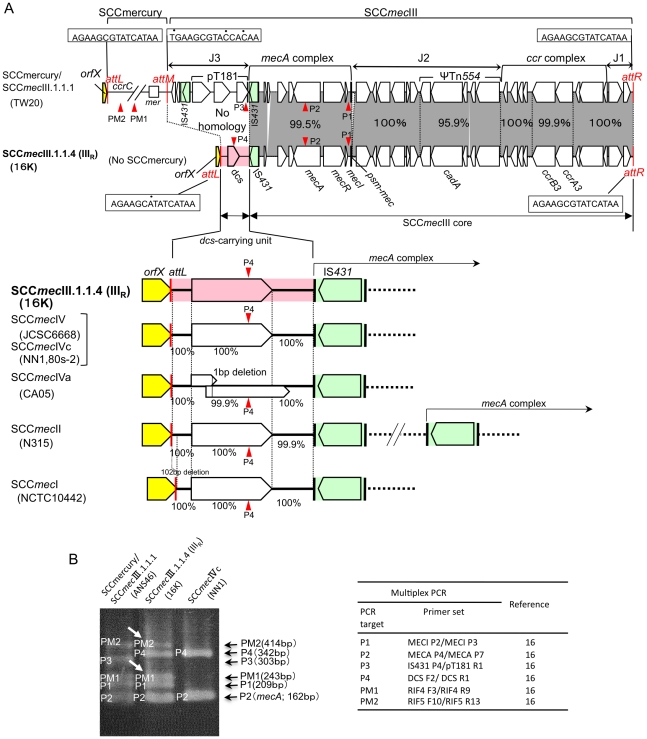Figure 3. The SCCmecIIIR structure of ST239 MRSA strain 16K.
GenBank accession number for SCCmecIIIR is AB539727. The data for strain TW20 are from GenBank accession number FN433596. Homologous regions are shaded. In A, when the structure of SCCmecIIIR was compared with SCCmercury/SCCmecIII.1.1.1 of TW20 (upper part of figure), the SCCmecIII core was shared by the two, but the left side regions (flanked by att and IS431) of SCCmecIIIR and SCCmecIII.1.1.1 showed no homology. Moreover, Strain 16K lacked SCCmercury. The dcs-carrying unit (marked in pink) was shared by SCCmecIIIR, SCCmecIV, SCCmecII, and SCCmecI (lower part of figure). The data for strains JCSC6668, NN1, 80s-2, CA05, N315, and NCTC10442 were from GenBank accession numbers AB425823, AB245470, AB245471, AB063172, NC_002745, and AB033763, respectively. In B, the mosaic SCCmecIIIR structure was specifically detected by multiplex PCR. Multiplex PCR detects targets: P1 and P2 in the SCCmecIII core, P3 in the left side region (attM-pT181) of SCCmecIII.1.1.1, P4 in the left side region (dcs-carrying unit) of SCCmecIIIR, and PM1 (in an orf) and PM2 in SCCmercury or MES16K (PCR targets are shown in this figure [in A] and Fig. 4 for SCCmercury, and in Fig. 4 for MES16K); strain 16K was negative for the mer operon (lacked SCCmercury). ST239/SCCmecIII.1.1.1 MRSA strain ANS46 gave five PCR bands; three bands (P1, P2, and P3) for SCCmecIII.1.1.1 and two bands (PM1 and PM2) for SCCmercury. In contrast, the Russian variant (strain 16K) gave different combinations of five PCR bands; three bands (P1, P2, and P4) for SCCmecIIIR and two bands (PM1 and PM2, marked with arrows) for MES16K. PCR band P4 was shared by SCCmecIIIR and SCCmecIVc (and SCCmecIVa, SCCmecII, and SCCmecI). The combination of P1, P2, P4, PM1, and PM2 was unique to the Russian variant (strain 16K).

